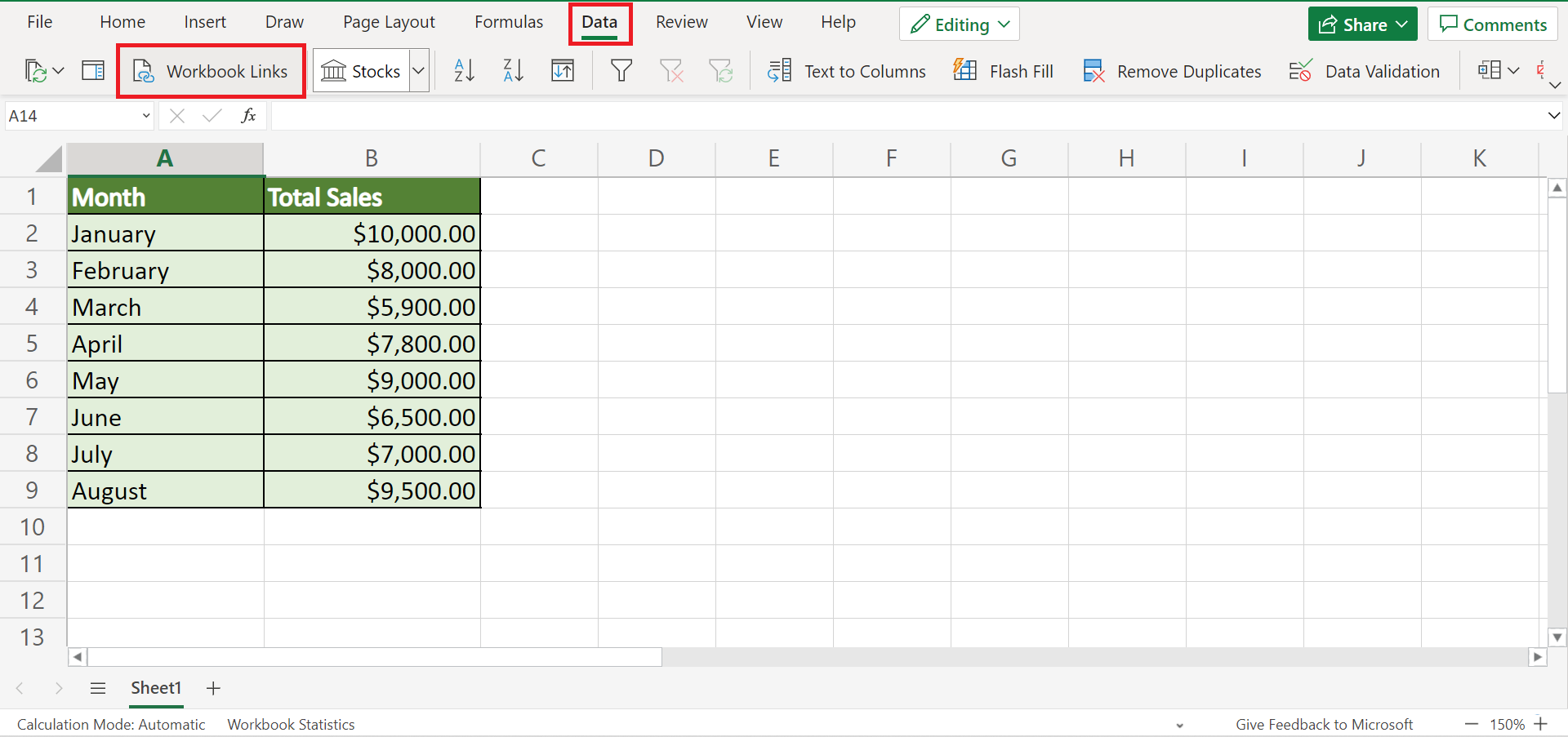5 Essential Elements of HUD Paperwork Explained

In the complex world of real estate, one of the most critical pieces of documentation you'll encounter is the HUD-1 Settlement Statement. Whether you're buying, selling, or refinancing a property, understanding this form is vital. Here's a comprehensive guide to the five essential elements of HUD paperwork:
1. The Parties Involved


The HUD-1 Settlement Statement identifies all the parties involved in the transaction. This includes:
- Buyer: The individual or entity purchasing the property.
- Seller: The property owner or their estate.
- Lender: The financial institution providing the mortgage or loan.
- Title Company: The company handling the transfer of title.
Understanding who’s who is fundamental, as it outlines the responsibilities and payments.
2. Summary of Transaction


This section provides a financial snapshot of the transaction:
- Contract Sales Price: This is the agreed purchase price between the buyer and seller.
- Loan Amount: The amount the buyer is borrowing, excluding the down payment.
- Settlement Charges: Various fees associated with the transaction, including title fees, legal fees, and closing costs.
- Earnest Money Deposit: Money the buyer has deposited to show their commitment to the transaction.
- Prorations: Adjustments made for utility charges, taxes, and homeowner association fees that will not be paid by the closing date.
💡 Note: The summary of the transaction helps both the buyer and seller understand the financial implications of the deal.
3. Adjustments for Items Paid

Adjustments ensure that both parties are financially responsible for their respective periods of ownership:
- Property Taxes: Adjustments are made if the property taxes are not paid by the closing date.
- Utilities: Similar to taxes, utility bills are prorated, and credits or debits are applied as necessary.
- Rents: If the property is tenant-occupied, rent collected is adjusted.
4. Closing Costs


Closing costs are a significant part of the HUD paperwork:
| Fee | Description |
|---|---|
| Application Fee | The fee for processing a mortgage application. |
| Appraisal Fee | Payment for the professional valuation of the property. |
| Credit Report Fee | To cover the cost of the buyer’s credit report. |
| Origination Fee | A charge for originating the loan, often paid to the lender. |
| Title Insurance | Insurance against defects in the title or seller’s property rights. |
| Home Inspection Fee | Fee for a professional home inspection before purchase. |
| Notary Fees | Charges for notarization of legal documents. |
| Survey Fee | To obtain a property boundary survey. |
| Escrow Fees | Fee for managing the transaction through an escrow account. |

These costs are typically split between the buyer and seller, but specific agreements can alter this distribution.
5. The Settlement Date and Execution

The closing or settlement date is the day when the buyer and seller officially transfer the property and funds. This section outlines:
- Settlement Date: The date on which ownership officially changes.
- Signature Blocks: Where the parties and necessary officials sign off on the transaction.
- Disbursement Information: Details on how payments will be distributed among the parties.
Proper execution ensures legal transfer of the property, safeguarding the interests of both parties.
The HUD-1 Settlement Statement is crucial for any real estate transaction as it provides transparency, ensuring both parties understand exactly what they’re getting into financially. It’s not just about signing a document; it’s about understanding each part of the deal. Understanding these five essential elements allows you to review your settlement statement with confidence, ensuring all fees, payments, and adjustments are correctly allocated.
Lastly, a recap of the key points discussed:
- Identifying the involved parties and their roles.
- Grading a comprehensive financial overview with the transaction summary.
- Addressing adjustments for equitable proration.
- Mapping out the closing costs for both buyer and seller.
- Setting the stage for the finalization of the transaction.
What is the difference between a HUD-1 Settlement Statement and a Closing Disclosure?

+
A HUD-1 Settlement Statement is used in the sale or refinancing of real property, whereas the Closing Disclosure is used for most consumer mortgages under the TILA-RESPA Integrated Disclosure rule (TRID). The Closing Disclosure has stricter requirements about when it must be provided to the borrower.
Can closing costs be negotiated?

+
Yes, closing costs can often be negotiated between the buyer and seller. It’s not unusual for buyers to request that sellers cover some or all of the closing costs to help ease their financial burden at closing.
What happens if there are errors on the HUD-1?

+
Errors on the HUD-1 should be addressed before the transaction is closed. If errors are discovered after closing, they can be rectified, although this might involve amending documents, additional fees, or legal action in extreme cases.



